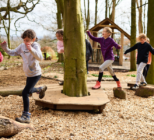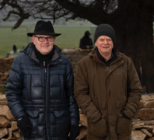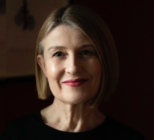Built on a historic quarry site within the 18th-century Bretton Estate, The Weston (named after significant supporter The Garfield Weston Foundation) will upgrade the visitor experience at the East Entrance to the Park, less than one mile away from M1 Junction 38.
The new visitor centre comprises a restaurant (140m2), gallery space (125m2), public foyer (80m2) and shop (50m2). It is hoped the visitor centre will increase essential capacity at the open-air museum and gallery in Wakefield, West Yorkshire, which welcomed over 480,000 people in 2017, its 40th anniversary year.
The light-filled building is designed by architects Feilden Fowles and constructed by Yorkshire-based company William Birch. The Weston is an important addition to the Park’s physical infrastructure, which began with the opening of Longside Gallery in 2001, This was followed by a number of buildings including the YSP Centre in 2002, the Underground Gallery in 2005, the transformation of the estate Kennel Block into a learning centre and café in 2011; the restoration of the Chapel in 2014; and the refurbishment of the Bothy Gallery in 2016.
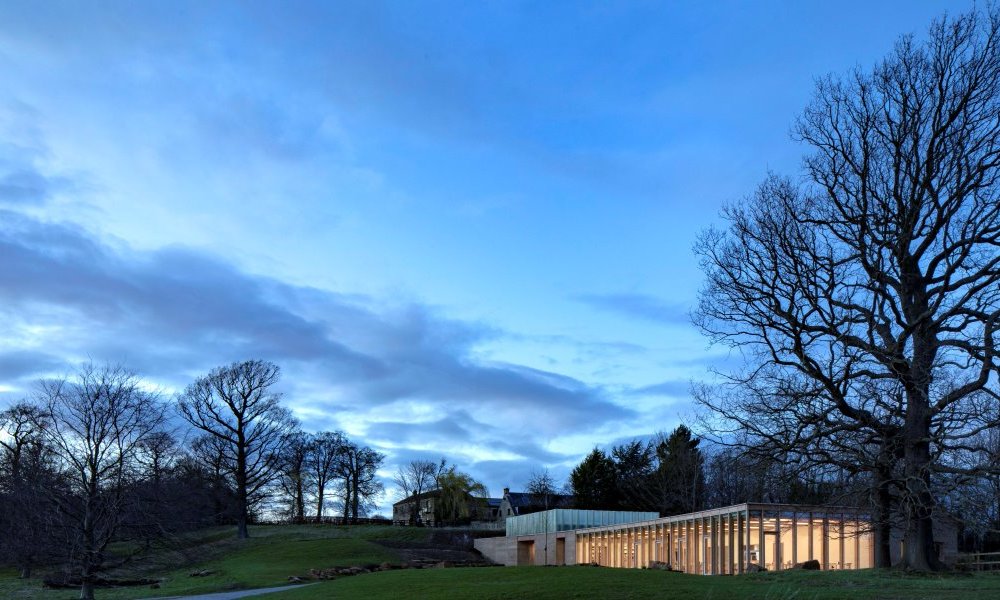
Named Art Fund Museum of the Year in 2014, YSP contributes around £10m each year to the local economy. The YSP is an independent charitable trust and a National Portfolio Organisation, receiving funding from the Arts Council and also from Wakefield City Council. However, it still has to raise 70 per cent of its income each year, which it does through car parking charges, retail, sponsorship and special events – making the new centre crucial to its growth and future resilience.
Founded in 1977 by Executive Director Peter Murray CBE, YSP was the first sculpture park in the UK, and is the largest of its kind in Europe, which he says provides the only place in the world to see Barbara Hepworth’s The Family of Man in its entirety alongside a significant collection of sculpture, including bronzes by Henry Moore, and site-specific works by Andy Goldsworthy, David Nash and James Turrell.
“When the YSP was first conceived it was very much to do with art and nature and placing sculpture in the open air in and the landscape,” says Murray. “It was felt in this country there wasn’t really a place where you could actually develop the ideas of Henry Moore, Barbara Hepworth, Richard Long and David Nash. It was also partly influenced by the fact that we didn’t have any money and so we weren’t in a position to develop any indoor spaces. But over the years we felt that by adding indoor spaces, we could actually extend the experience of looking at art both indoors and out.”
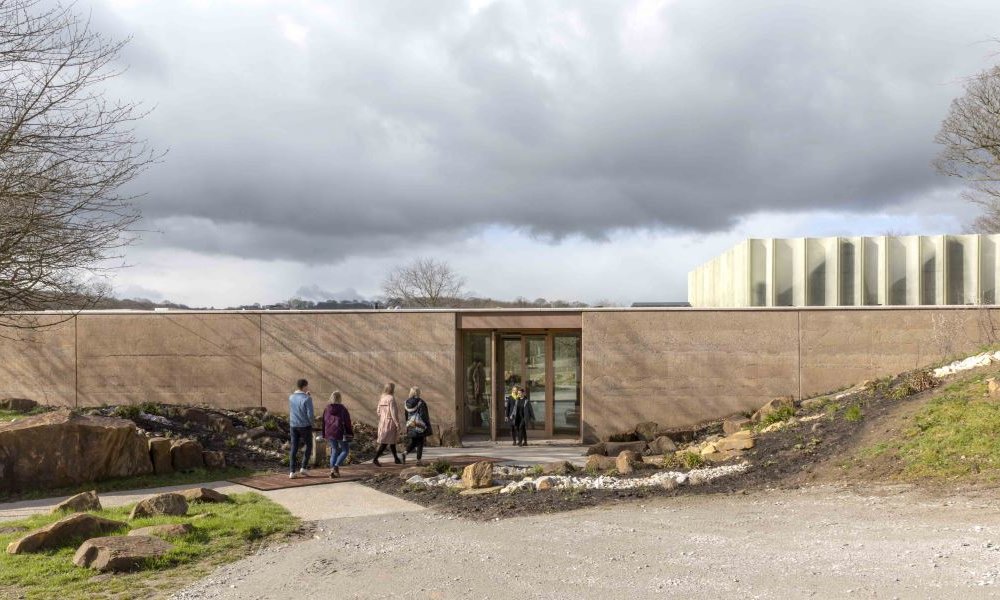
So, he says, over the years the YSP has developed new and old buildings and although most people associate the museum with open air sculpture – there are now many spaces to enjoy art and refreshment. “The Weston building sits in with that pattern of development and evolution that has been going on for more than 20 years.”
The YSP is now recognised as the leading international centre for modern and contemporary art. It mounts a year-round temporary exhibitions programme including some of the world’s leading artists across six indoor galleries (space totalling 1,465m2) and the open air. Recent highlights include exhibitions by Giuseppe Penone (currently showing), Chiharu Shiota, Alfredo Jaar, Tony Cragg, KAWS, Bill Viola, Anthony Caro, Fiona Banner, Ursula von Rydingsvard, Amar Kanwar, Yinka Shonibare MBE, and Jaume Plensa.
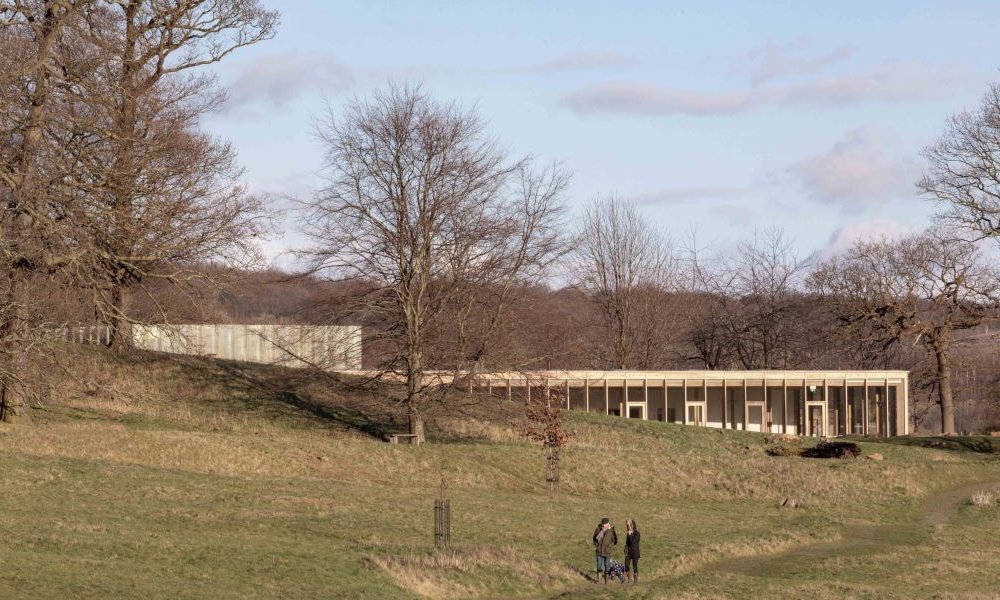
“What we are trying to do is spread visitors out through the rich and varied landscape – the footfall can cause all kinds of maintenance problems – we want them to explore different parts of the parkland,” he says. “The great thing about the Bretton landscape is that it was designed to be discovered. It’s based on both vistas and secretive areas that create different moods and characteristics. Over the decades we’ve utilised that design quality to organise exhibitions and develop projects”
One of the big challenges of the new centre, says Murray, was getting architects that would fully understand and appreciate the importance of developing a building, which becomes part of the landscape rather than dominating it. “With Field and Fowles we have managed to do that. They have developed a very simple building that blocks out the motorway. So, when you enter the building you don’t see very much but when you come through the other side it’s full of natural light and you immediately become aware of the landscape.”
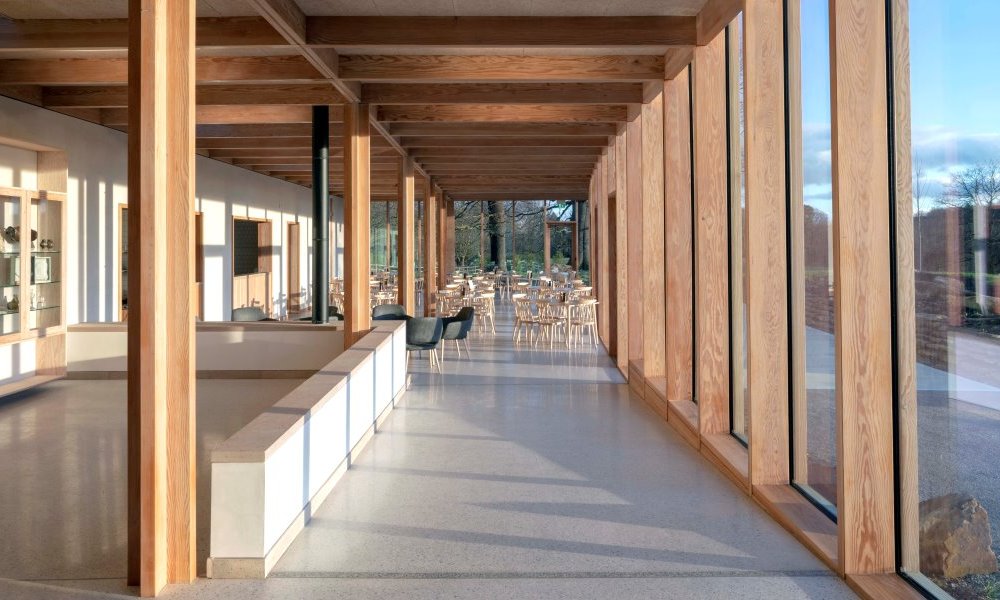
The new centre has a Scandinavian, light feel to it, says Murray and not only does it provide an extra dimension for visitors, it also improves the park’s sustainability by making it more financially viable through increased visitor spend. It extends the catering offer, which can get extremely congested, especially at weekends, and joins The Kitchen at YSP Centre, The Café at YSP Learning Centre and Coffee Longside Kiosk.
The Weston Restaurant will be different to the other outlets as it will be table service, whereas the restaurant in the more established visitor centre is self-service. The shop at the Weston will be smaller than the one in the YSP Centre but will be more concentrated on commissioning jewellers and ceramic designers.
The new centre also has a new car park and entrance and from inside the building visitors can experience ‘wonderful vistas’ taking in the mansion and lakes.
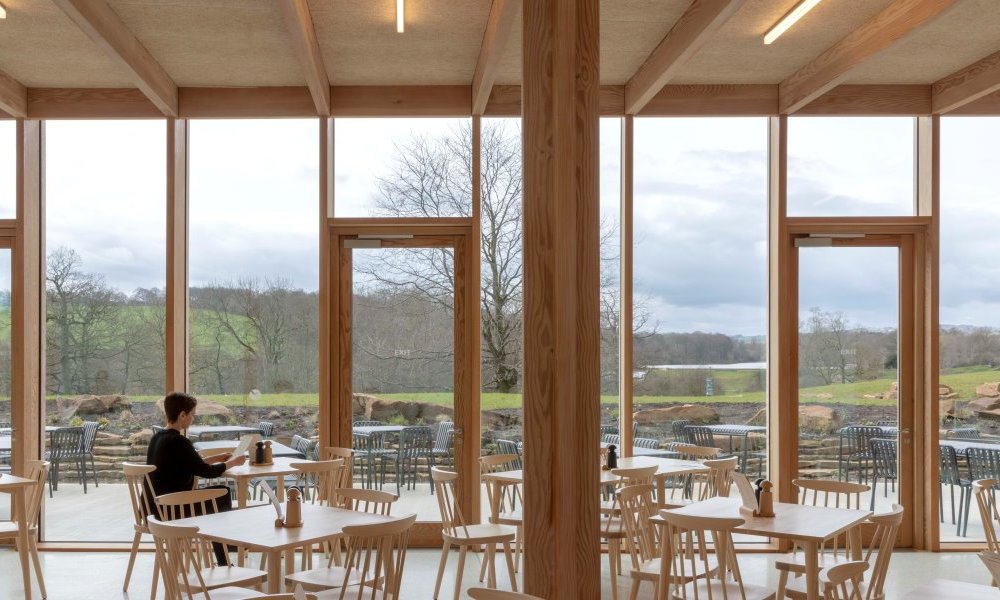
The opening exhibition at the Weston Gallery has been created by two Indian artists Thukral and Tagra: Bread, Circuses & TBD – two young artists who have worked together for many years and are very much concerned with rural issues.
“It’s a very interesting exhibition to start with, although we live in splendid isolation here, within a few miles we have a very large India population,” says Murray. “They deal with very serious issues to do with farming and community but they also have a light hearted way of engaging people with these issues and very much a participatory element attached to it.”
He says he is always amazed when he looks at where the YSP started and the position it is in now. “It’s been quite a journey. We started without any staff and without any money. We employ about 180 staff now and we get 40,000 schoolchildren annually and nearly half a million visitors in total. It’s quite touching when you see that happening. And also the support from the artists has been very, very critical in the evolution of the Yorkshire Sculpture Park.”
Murray used to run a post graduate course in art education at Bretton Hall, which was established as a college in in 1949. He says it had quite a reputation as a college of the arts when he arrived in the 1970s and had the idea of putting sculpture in the landscape. In terms of acquiring the land, he says, that happened over a period of decades with some of the land being gifted to us from Wakefield Council and some of it purchased, including Longside, which was a result of a National Lottery Heritage Fund grant.
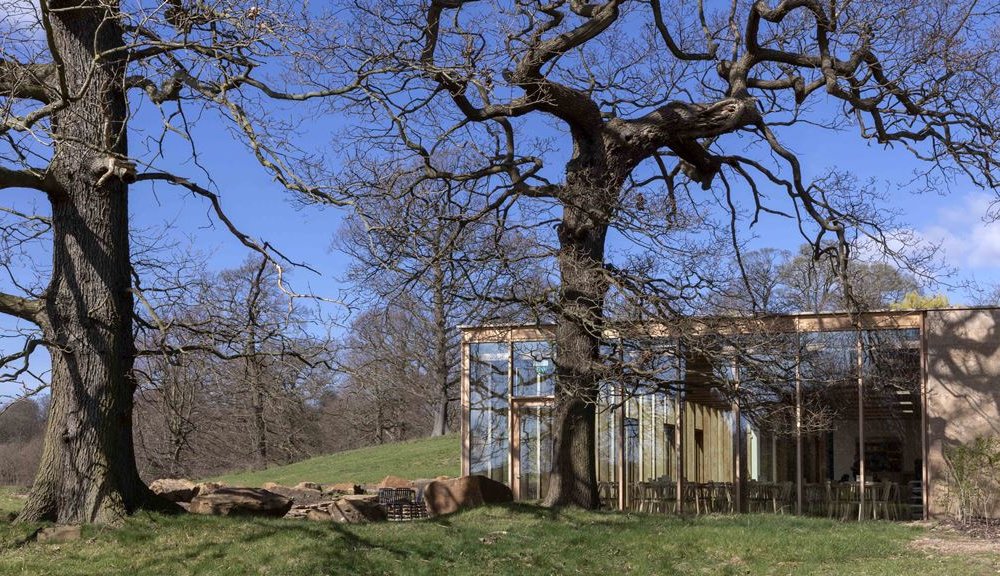
“I’ve always thought art is very important in society,” he says. “And if you think that then it should be accessible. So, I’ve also thought that art contributes or has the potential to contribute enormously. To enrich people’s lives, to contribute to the economic and social and educational development of society. To do that art has got to be available and accessible and that was part of my motivation long before starting to develop the Yorkshire Sculpture Park.”
One of the YSP’s qualities is the ability to provide visitors with the opportunity to see an exhibition such as Giuseppe Penone’s current show where his work is on view both in an indoor gallery and also on a massive scale among the landscape all in one go. Murray says that there are very few places where that can happen and has meant that the YSP has had a great influence on other nearby cultural developments such as the Henry Moore Institute and the Hepworth Wakefield.
“Although we do deal with some big projects here, we have always supported younger artists and a lot Andy Goldsworthy worked here before he became known and the same with David Nash – we still do that. Every year we have half a dozen artists working here and that is very important in terms of the evolution of the visual arts and in terms of us keeping in touch with what’s going on.”
The project is supported by Arts Council England, Wakefield Council, The Garfield Weston Foundation, Dunard Fund, The Foyle Foundation, The Sackler Trust, The Wolfson Foundation, B&M Retail Plc, The Arnold Burton Charitable Trust, The John S Cohen Foundation, Mtec, The Holbeck Charitable Trust, Catkin Pussywillow Charitable Trust, and other funders who wish to remain anonymous. Visitors to the Park have also contributed over £50,000 in donations to the project.
YSP’s core work is made possible by investment from Arts Council England, Wakefield Council, Liz and Terry Bramall Foundation and Sakurako and William Fisher through the Sakana Foundation.


